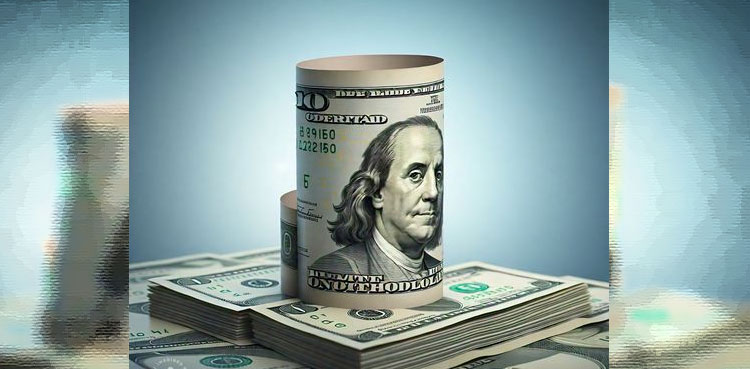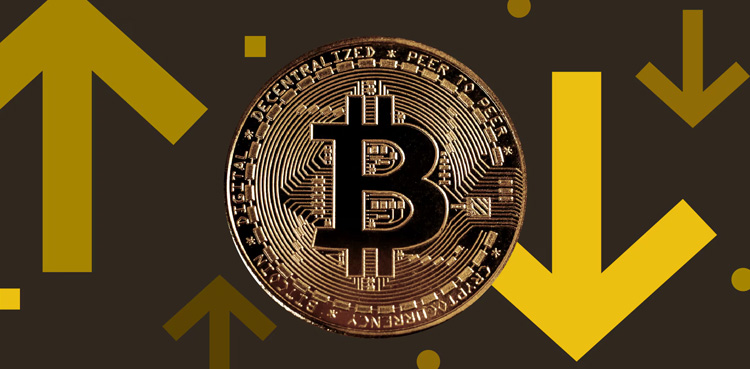
Dollar Rate Today International Market- Feb 21, 2025
”
LONDON: The US Dollar (USD) headed for a third straight weekly drop on Friday as traders reasoned the start of Donald Trump’s second term has been mostly bluster on tariffs, and knocked a volatile yen back from a 2-1/2-month high driven by a jump in Japanese inflation.
The euro stumbled after a series of business activity surveys showed a sharp contraction in early February in France and only mild improvement in Germany – the euro zone’s traditional twin engines of growth.
The yen rallied beyond the 150-per-dollar mark, as a selloff in Japanese government bonds drove yields to 2009 highs after national core inflation hit a 19-month peak in January, fuelling expectations for more interest rate rises in Japan.
Bank of Japan (BOJ) chief Kazuo Ueda quickly doused the momentum, saying the central bank could contain long-term interest rates by buying government bonds.
Aside from Friday’s leg-up against the yen, the dollar has been struggling for traction in the past few weeks. The index has fallen 1.8% in February, heading for its biggest monthly slide since September.
Trump’s threats of tariffs have not yet materialised, fourth-quarter earnings have been robust so far and the macro data shows a U.S. economy that is motoring along, all of which has stirred up little trader appetite to load up on fresh dollar holdings.
“I don’t think Trump was ever going to have broad-based 25% charge on everything … but at the same time, there is the possibility, particularly if you’re in Europe, that more tariffs are coming. And from that point of view, I think the market perhaps has relaxed a little bit too much,” Rabobank strategist Jane Foley said.
For all his threats, Trump has only imposed a 10% duty on Chinese imports, has delayed levies on Mexico and Canada and targeted individual industries with far lighter tariffs than many had feared, based on his rhetoric on the 2024 campaign trail.
Trump this week unveiled plans for tariffs on lumber imports, but also said a new trade deal with China was possible.
BUOYANT YEN
Drilling down, the dollar was up 0.5% on the day at 150.34 against the yen, which on Thursday staged its biggest one-day rally in nearly three months, with a gain of 1.23% .
Friday’s data that showed Japan’s core consumer price index rose by an annual 3.2% against expectations for 3.1% added to the case for higher Japanese rates at a time when the rest of the world might be cutting, which ultimately supports the yen.
The yen has gained about 3.2% so far in February. Another quarter-basis point rate hike is not fully priced in until September, although interest rate markets have factored in a slight chance of a hike as soon as May .
Nomura Securities currency strategist Jin Moteki thinks the scope for the yen to move much below 150 is limited.
“BOJ officials could push back market expectations” if rate-hike pricing becomes too aggressive, while the risk remains that additional U.S. tariffs may boost the dollar, he said.
The euro was down 0.2% at $1.0479, set for a 1.1% rise this month. Against a basket of the currencies of the euro zone’s major trading partners, the euro is down 0.5% and heading for a fifth straight monthly decline .
The threat of U.S. tariffs, a flat-lining economy and Trump’s push to make European countries more self-reliant on defence, are having an impact.
Sunday’s election in Germany, where polls point to a conservative coalition win, could be pivotal in shaping investors’ expectations for future economic growth.
The pound held near two-month highs, trading at $1.264, after data showed UK retail sales rose more than expected in January and a separate survey showed UK business activity expanded in February, although employers made deep cuts to staffing levels.
China’s yuan, which on Thursday touched its highest in three months, was weaker on the day, leaving the dollar up 0.26% at 7.2547 in the offshore market.
”




